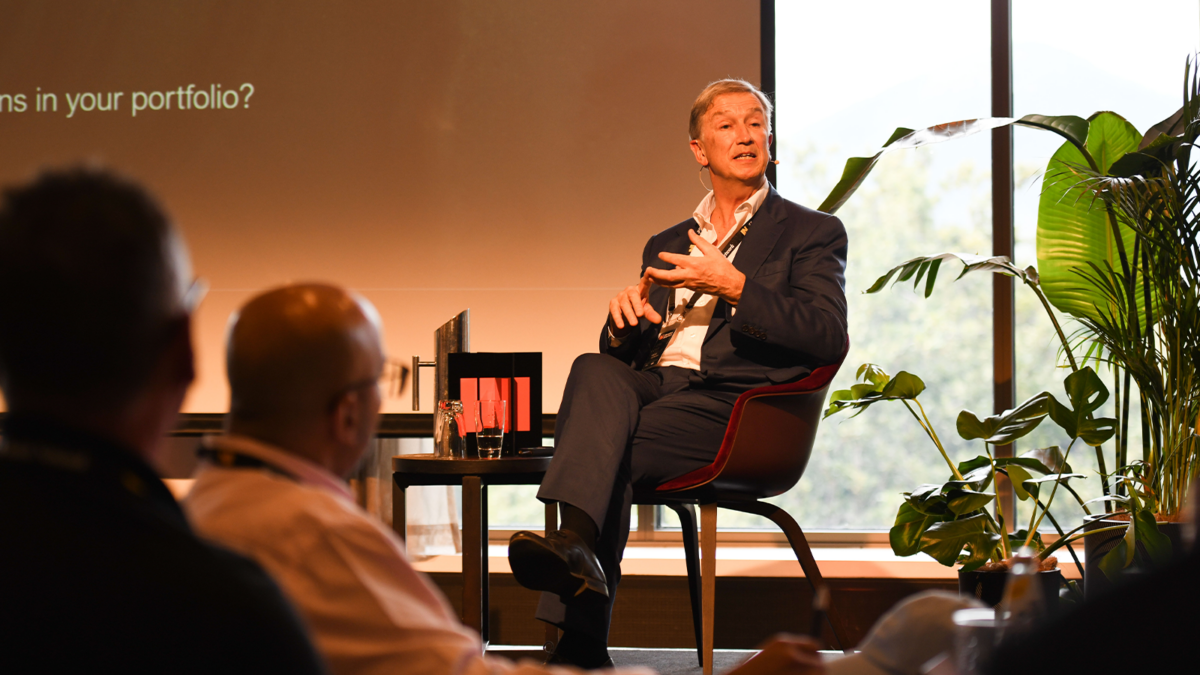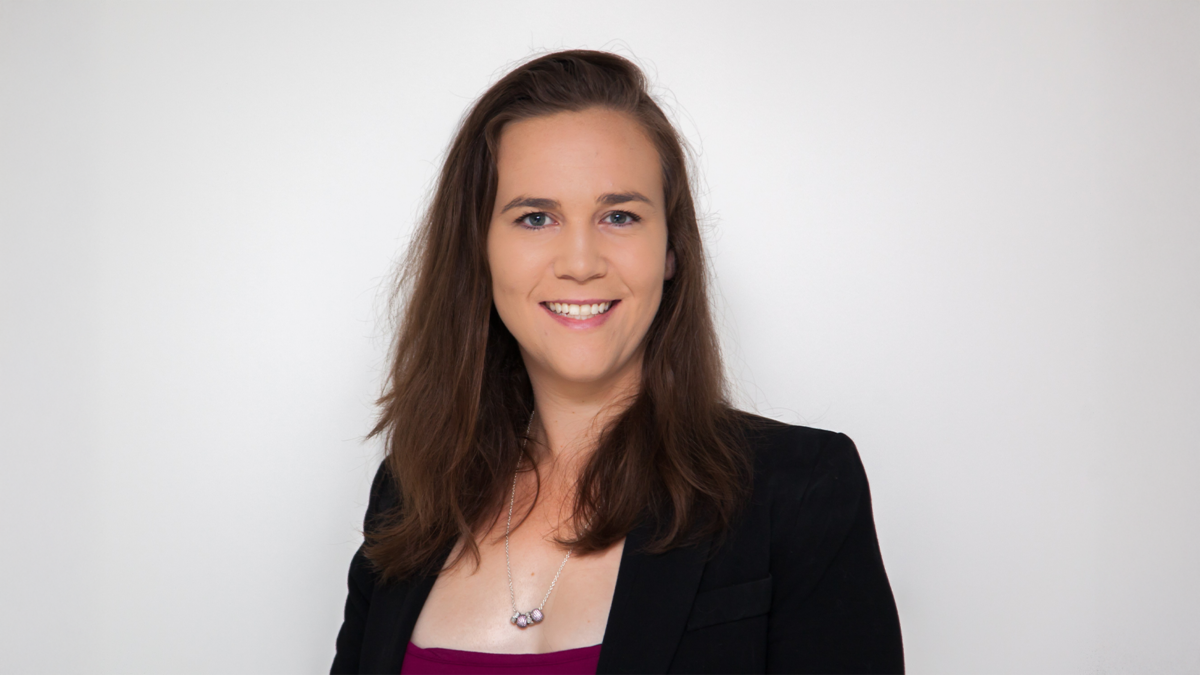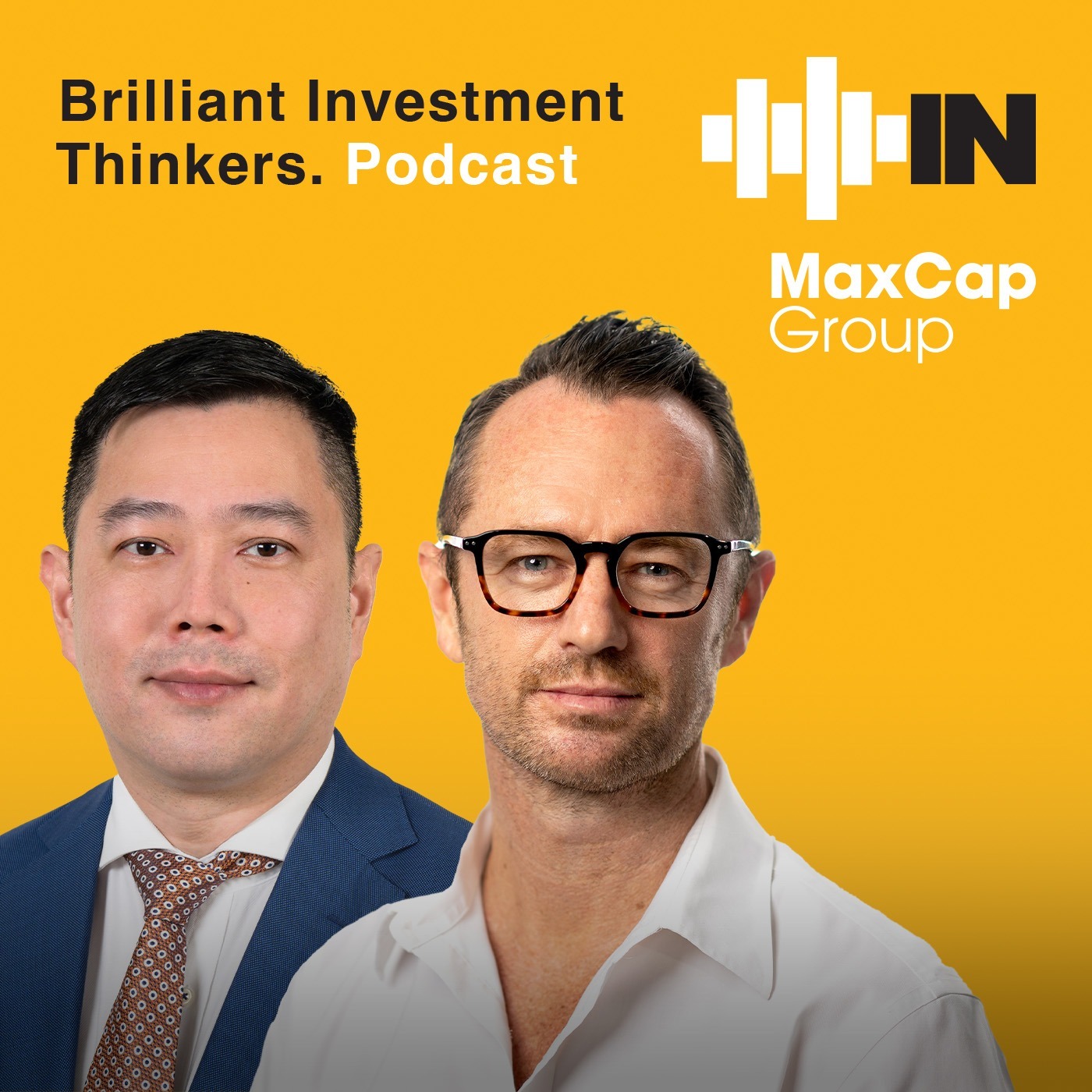Alignment a welcome sight in private equity investing
In the world of private equity, alignment between clients, advisers, and asset managers is crucial. Yet, in many cases, advisers default to selecting large, well-known PE firms, potentially overlooking the significant alpha-generating potential of smaller, more niche-focused managers, that can make a case for being far more aligned with their investors.
Brisbane-based PE manager Fortitude Investment Partners stands as a testament to the opportunities that exist when alignment is at the forefront of investment strategy. The firm specialises in the “lower mid-market” in Australia and New Zealand, which it characterises as private companies worth between $10 million and $200 million in enterprise value, which are looking for between $10 million and $50 million in capital to put towards growth plans.
The businesses must be profitable, with track records of growth and demonstrated competitive advantages in their market.
When it identifies such opportunities, Fortitude likes to take significant stakes, and is agnostic about majority/minority – its investment could be anything from about 40 per cent to 100 per cent. The firm then leverages a network of industry experts to drive operational and strategic improvements, to help the investee business profitably scale-up, to a point where its value makes it a feasible target for a larger strategic or private equity buyer.
Partners Nick Dignam and Nick Miller established the firm in 2019, and have deployed about $360 million over 17 investments, and realised nine of those investments. It has returned $650 million to investors and has a current portfolio value of about $230 million, working out to a 23 per cent annual return, net of fees.
The firm mostly focuses on four key sector themes:
- Health
- Technology
- Food and Beverage
- Infrastructure Services (Energy Transition)
Miller, who acts as managing partner, has spent decades refining a model that prioritises investor outcomes over fund size. “Looking at 26 years of data on Australian private equity returns between 1997 and 2023, the lower mid-market is where significant alpha has been generated within portfolios,” he explains.
“To have benefited from this, you needed to have been invested in smaller managers, because large institutions aren’t deploying smaller cheques. We are active investors, finding high-potential opportunities and adding value through strategy, people, networks, genuine partnership and capital solutions. Given large institutional investors are generally writing larger cheques, advisers and their clients are actually in a strong position to capitalise on these opportunities at the smaller end of the market.”
Fortitude’s business model is built on returns rather than management fees. “Given we don’t have billions in funds under management (FUM), our income as a fund manager is heavily weighted towards performance fees, which means that whether I have a good income or not is wholly dependent on the outcomes I generate for investors. That’s true alignment.”
The misconception that bigger is always better in private equity investing has led many advisers to overlook niche players like Fortitude. “There is a wide range of performance outcomes in PE, and like any asset class, diversification of investments and managers is likely to lead to stronger performance over time. It also pays to do your research on managers operating at the smaller end of the market, as most people will be pleasantly surprised at what they can achieve outside of the large names.”
Fortitude’s strategy is built on specialisation, allowing them to find unique investment opportunities that larger firms simply cannot access. “We generate our outperformance because we’re playing in niche areas. We’re typically playing in less-competitive markets with less capital chasing after a large potential opportunity set; this reduces overall valuations and improves return profiles,” Miller explains. “When you look at transaction value relative to dry powder, in our market it’s 200 to one. In the bulge-bracket space (that is, the large global PE funds), it’s 20 to one.”
This approach is more than just a business strategy—it’s personal. “As a principal in our firm, most of my balance sheet is tied up in the funds we invest in,” Miller states. “That’s because I genuinely believe this is the best way to build my own personal wealth.”
For advisers, the key takeaway is clear: capturing genuine alpha requires diligence in selecting the right managers, not just the most well-known ones. Miller invites advisers to engage directly, to ask tough questions, and to understand the mechanics of Fortitude’s approach.
For those ready to take Nick up on that challenge he will be speaking at The Inside Network’s Alternatives Symposium in Healesville next week, an event bringing together the community of advisers, consultants and portfolio managers to explore the evolution of this asset class and the future of aligned investing in alternatives.











